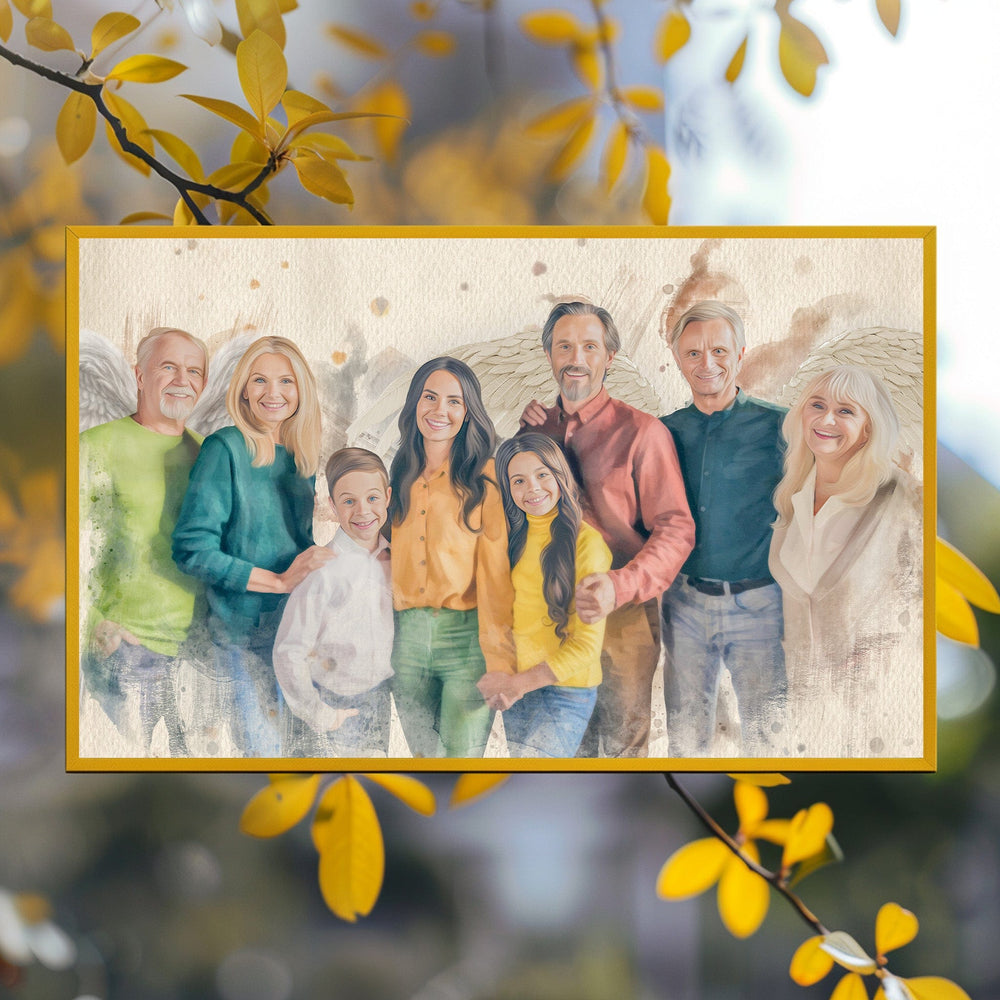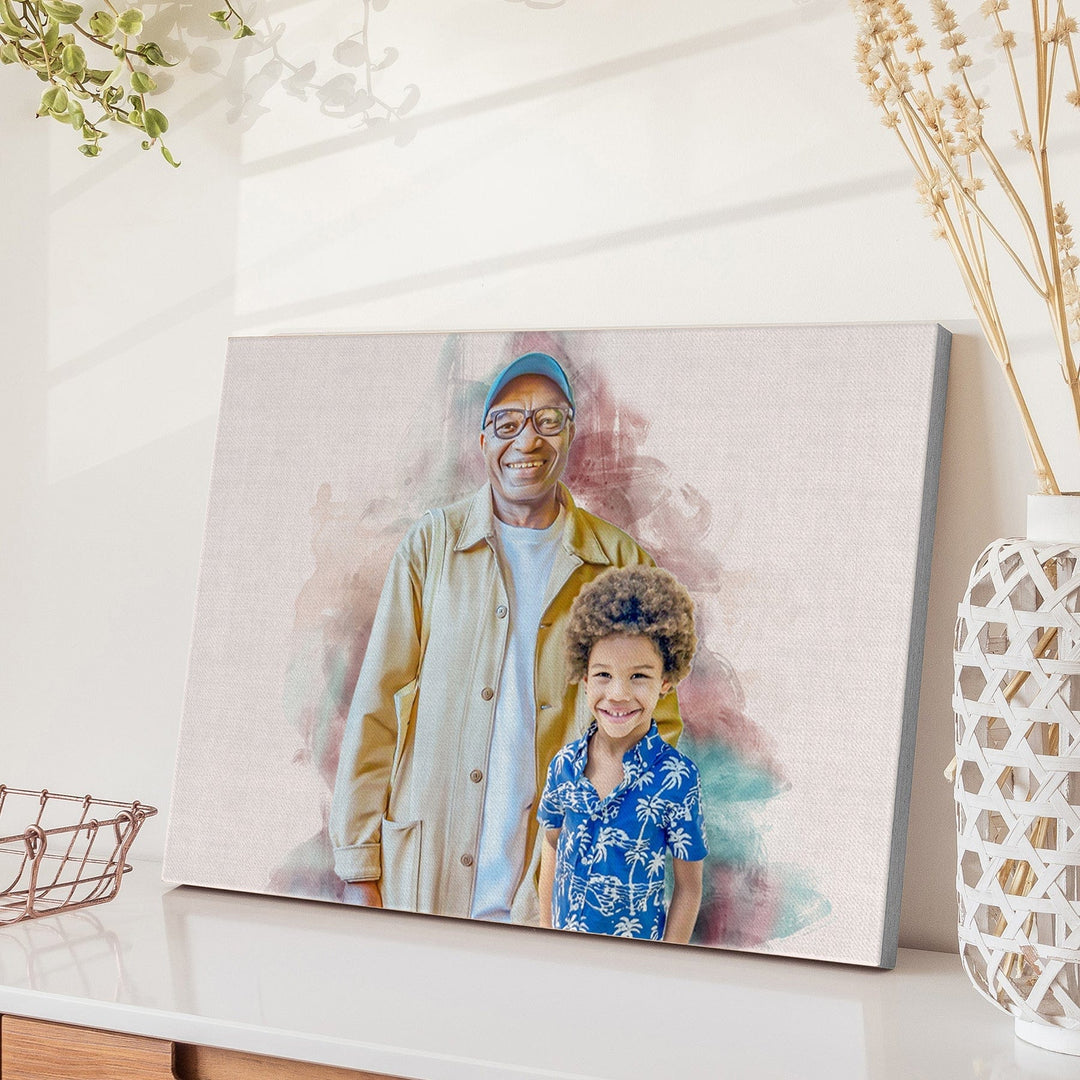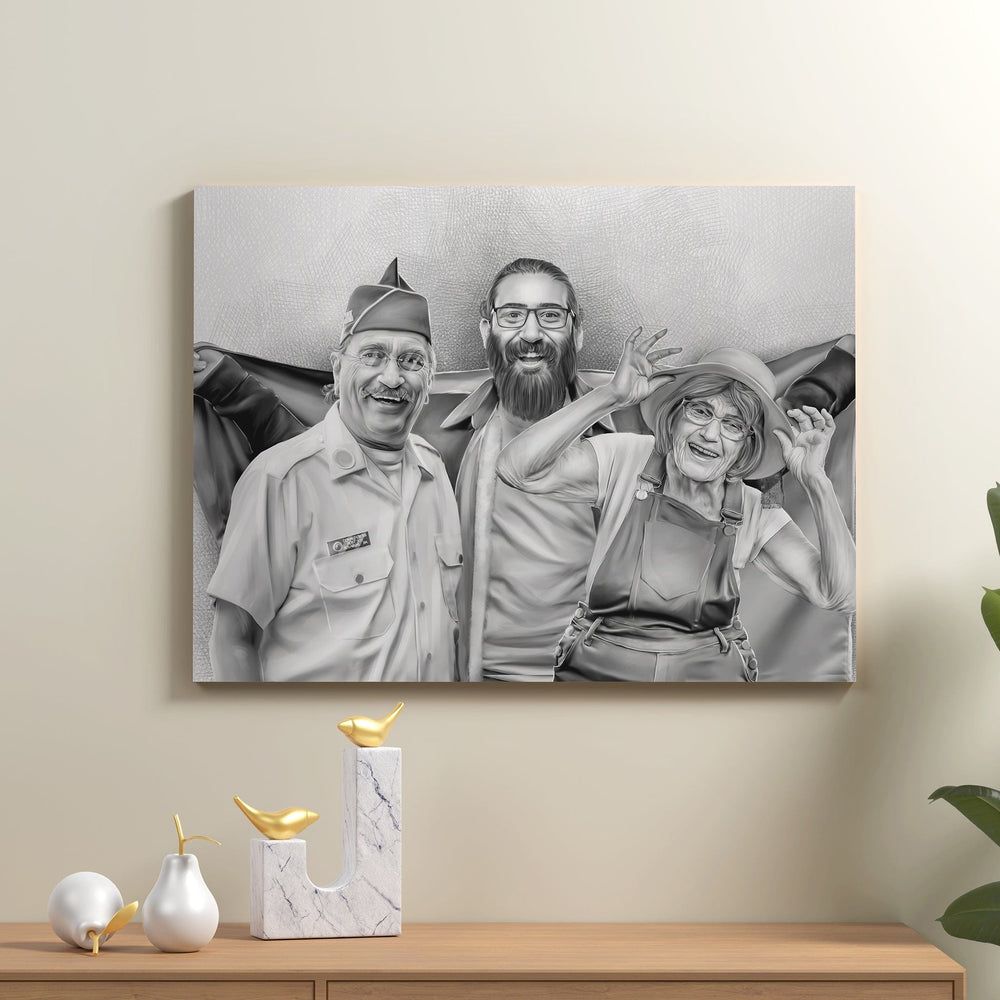Unlock the potential of advanced color theory in painting with this comprehensive guide. Gain a deeper understanding of color relationships, harmony, and schemes to elevate your artwork and create visually stunning pieces. Let's dive into the world of advanced color theory in painting and uncover the secrets behind the most captivating masterpieces.
What is Advanced Color Theory?
Color theory studies how colors interact, influence each other, and evoke emotions or ideas in the viewer. The advanced color theory furthers this knowledge, exploring the more complex aspects of color relationships, color models, and harmonies. By mastering advanced color theory, artists can better understand color's impact on their work and create visually striking and emotionally resonant pieces.
What are the Different Color Models?
RGB (Red, Green, Blue)
The RGB color model is the standard for digital media, such as computer screens, televisions, and digital cameras. It combines varying intensities of red, green, and blue light to produce millions of colors. In this additive model, the absence of all colors results in black, while combining all colors at full intensity creates white.
CMYK (Cyan, Magenta, Yellow, Key/Black)
The CMYK model is primarily used in print media, such as newspapers, magazines, and books. This subtractive color model utilizes cyan, magenta, yellow, and key (black) pigments to create a range of colors. The more pigments are mixed, the darker the resulting color becomes.
HSL (Hue, Saturation, Lightness)
The HSL color model is a user-friendly digital design software system. It categorizes colors based on their hue (color), saturation (intensity), and lightness. This model enables artists to adjust color properties precisely, allowing better control over their digital artwork. The HSL model is beneficial for making subtle color variations and fine-tuning the balance of color within a composition.
HSV (Hue, Saturation, Value)
The HSV color model is similar to HSL, representing colors through hue, saturation, and value (brightness) components. The primary difference between HSL and HSV is how they define lightness and value. In the HSV model, the value represents the overall brightness of a color, while in the HSL model, lightness is the midpoint between the color's brightest and darkest variations.
RYB (Red, Yellow, Blue)
The RYB color model is a traditional system used in art and design, particularly painting. It is based on the primary colors of red, yellow, and blue, which are mixed to create secondary and tertiary colors. The RYB model is the foundation for color mixing in painting, guiding artists in creating a vast array of colors by combining different ratios of the primary pigments. Familiarity with the RYB model is essential for painters, as it enables them to mix and apply colors effectively on canvas or other surfaces, like in an acrylic portrait.
What are the Different Color Harmonies/ Schemes
Monochromatic
Focusing on a single hue, monochromatic color schemes explore various saturations and lightness levels. This approach establishes a harmonious and soothing appearance, evoking a sense of calm and tranquility in the artwork.
Analogous
Analogous color schemes produce a visually appealing and cohesive composition by selecting colors adjacent to the color wheel. This natural harmony allows for a seamless blend of hues in the artwork.
Complementary
Pairing colors that sit opposite each other on the color wheel, complementary color schemes create a bold, high-contrast look. This striking combination enhances the vibrancy of each hue, making the artwork stand out.
Split Complementary
Offering a balanced contrast, split complementary color schemes combine a base color with the two adjacent colors of its complement on the color wheel. This approach adds visual interest without overwhelming the viewer. This scheme is more interesting in pastel portraits.
Triadic
Employing three evenly spaced colors around the color wheel, triadic color schemes result in a harmonious and engaging appearance. This dynamic combination brings an exciting sense of balance to the artwork.
Tetradic
Incorporating two sets of complementary colors, tetradic color schemes enable artists to create intricate and captivating compositions. Skillfully blending these rich hues, the artwork becomes visually complex and alluring.
What are the Benefits of Using Advanced Color Theory
To Enhance Visual Appeal
A firm grasp of advanced color theory enables artists to craft visually appealing and captivating artwork, as they can skillfully combine colors and create harmonious relationships between them.
Greater Depth and Dimension
By strategically employing color contrast, value, and saturation, artists can add depth and dimension to their work, resulting in more dynamic and immersive compositions.
Better Color Balance and Harmony
Knowledge of color schemes and relationships helps artists maintain balance and harmony in their compositions, which leads to more visually pleasing and coherent artwork.
Expanded Creative Possibilities
As artists become proficient in advanced color theory, they can confidently explore new color combinations and techniques, expanding their creative horizons and pushing the boundaries of their work.
Importance of Incorporating Advanced Color Theory in Painting
It is crucial for artists seeking to create captivating and memorable artwork. By understanding and applying advanced color theory concepts, artists can make informed choices about color usage, resulting in impactful and meaningful compositions. Furthermore, a thorough knowledge of color relationships, harmonies, and schemes helps artists develop a unique artistic style that sets them apart.
Final Thoughts
Advanced color theory is a powerful tool for artists seeking to elevate their work and create visually stunning, emotionally resonant pieces such as color pencil portraits. By understanding and applying the principles of color models, harmonies, and relationships, artists can transform their paintings and make a lasting impression on their audience. With practice, dedication, and a commitment to mastering advanced color theory, artists can unlock their full creative potential and bring their visions to life.
Get Your Creative Portraits At Memorialize Art
Elevate your artwork and capture your most treasured memories with the help of Memorialize Art. Our talented artists will expertly incorporate advanced color theory principles into your custom painting, creating a masterpiece that reflects your unique style and story. Visit our website today to learn more about our services and to order your personalized artwork from Memorialize Art.














